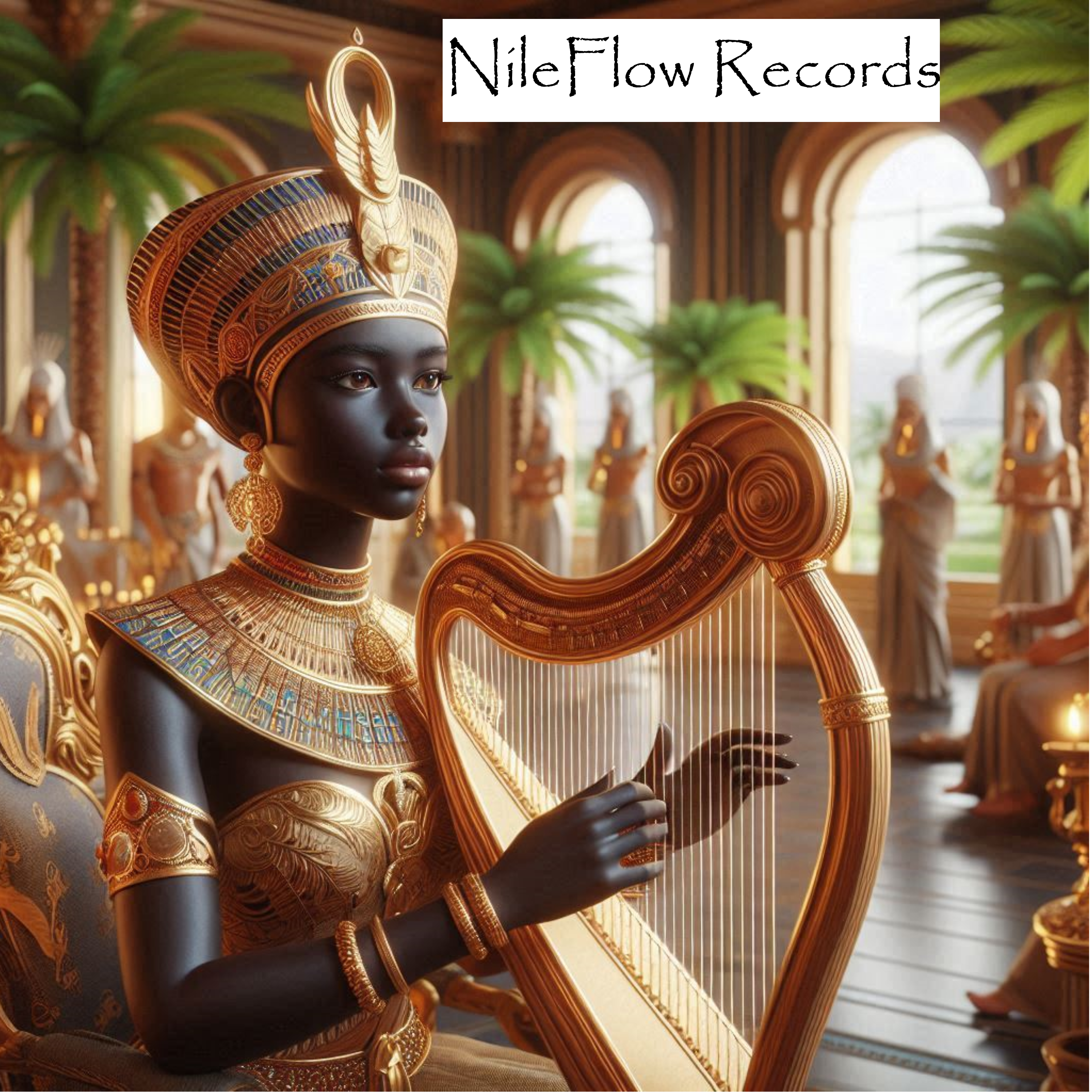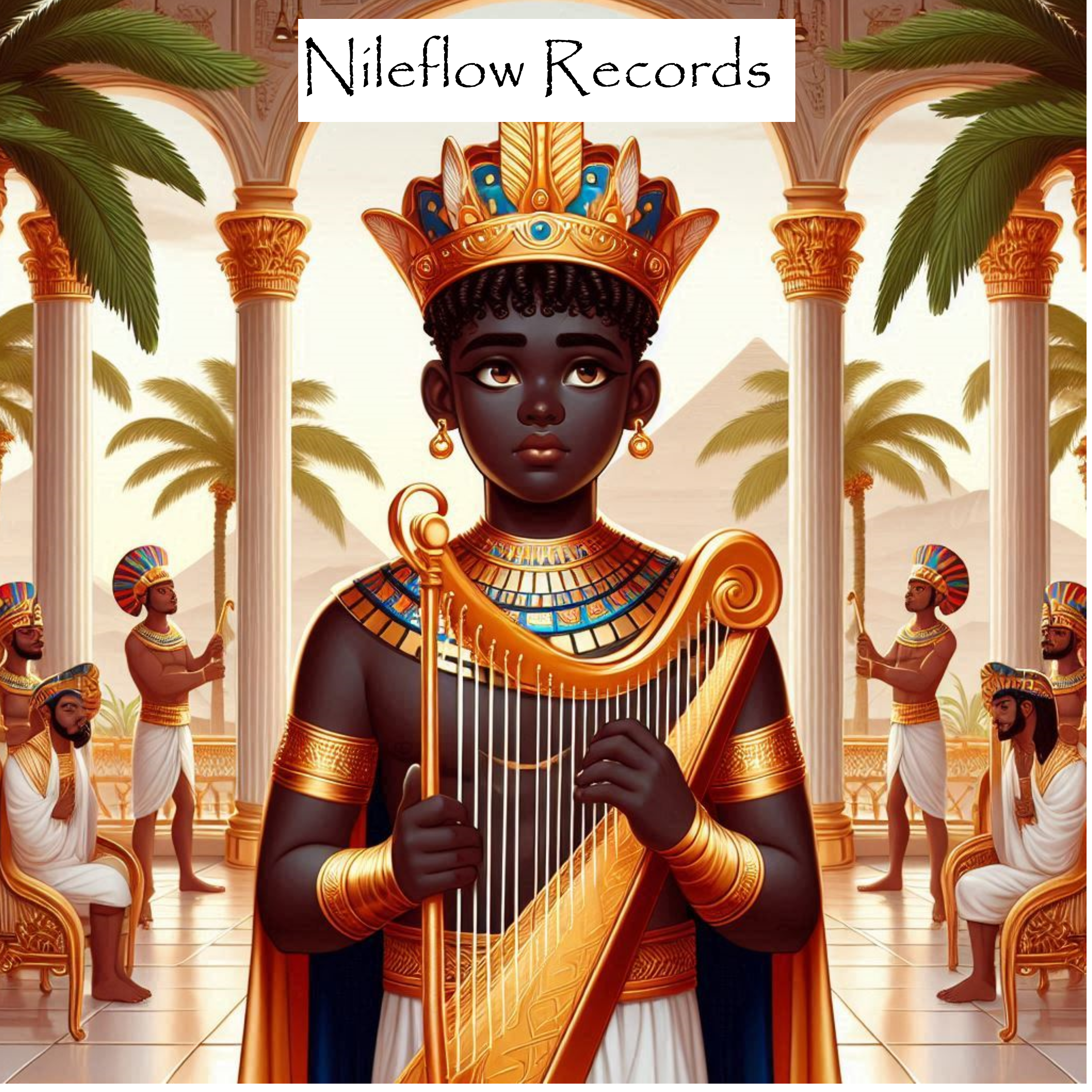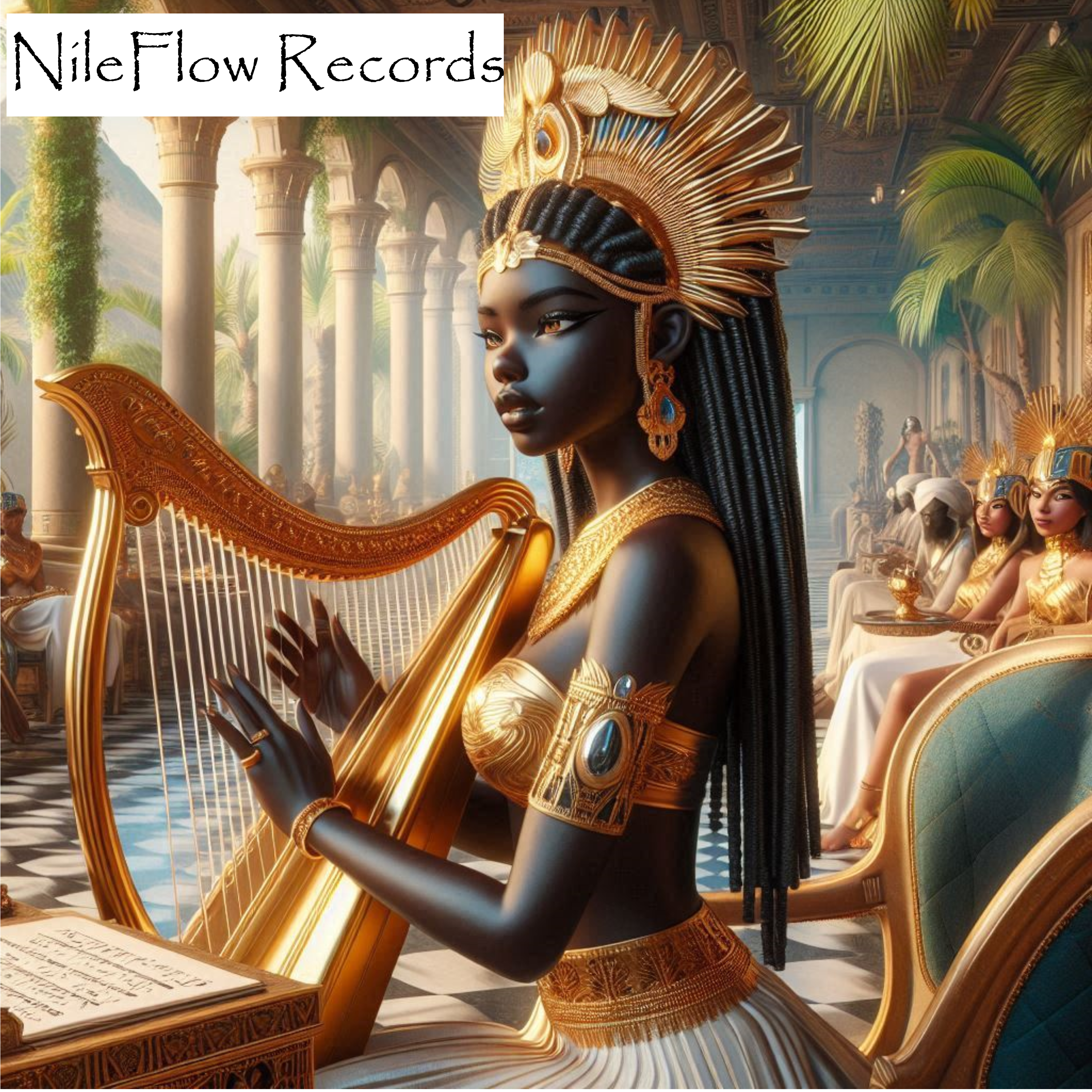In the pre-digital era, the music industry was dominated by physical formats of vinyl records, cassette tapes, and compact discs (CDs). These were the principal channels for music recording, distribution, and consumption. Vinyl records with iconic album art had been the main method of music distribution. They presented music collectors with a tangible collectible music experience. The analog audio quality, organic sounds, and distinctive flaws added an idiosyncratic appeal for audiophiles and collectors. Artists and record companies turned their records into art pieces by judiciously creating exquisite album artwork and wrappings to communicate their flavor and brand.
Equally, cassette tapes were more portable and easier to duplicate than vinyl records. The tapes facilitated the concept of mixtapes, where music fans made customized playlists and shared their preferred records with networks. The cassette era was distinguished by the Walkman, a groundbreaking portable music player that allowed people to take and play their music anywhere they went.
Compact discs (CDs) were introduced in the 1980s. They provided music fans with a more durable, scratch-resistant channel. Unlike vinyl records and cassette tapes, CDs retained the original sound quality, making them very popular. They rapidly became the leading format for music distribution, ultimately replacing vinyl records and cassettes in most record stores.
Vinyl records, cassettes, and CDs have had such a massive impact on music distribution and consumption. Record stores were flourishing centers for self-music discovery. Music lovers could peruse and test albums before making their acquisitions. CD, cassette sales, and chart positions were used to gauge an artist's commercial appeal. The limited capacity of physical media encouraged music fans to select their albums or tracks carefully, which made them greatly cherished music acquisitions.
However, physical media had limited capacity, and their delicate nature was a challenge for music collectors. Moreover, large music libraries needed considerable physical space, and the deterioration and scratching on records and tapes over time necessitated the need for new purchases. Also, the dissemination of physical copies required significant investments in production, circulation, and storage.
Digital technology once again transformed the music industry with the emergence of digital music formats, such as MP3 and AAC. The introduction of digital music formats signified the end of physical media. It brought innovative ways to distribute, consume, and create music. The MP3 (MPEG-1 Audio Layer 3) format changed how music was programmed, compressed, and stored. MP3s allowed audio files to be compressed without significant quality loss. Their small size made storing and transferring music over the internet possible. They also enabled users to save hundreds of songs on a single CD, PCs, and other portable devices. The ease of creating, duplicating, and distributing digital music files significantly enhanced music distribution. Independent artists and smaller record companies could share their music with international audiences without physical manufacturing and delivery infrastructures.
Digital platforms and peer-to-peer file-sharing networks replaced the conventional channels as spaces for music discovery and circulation. The digital platforms had no geographical limitations and were out of the jurisdiction of the customary doorkeepers, the record companies. By 1999, Napster, a peer-to-peer file-sharing service, was allowing its users to spontaneously share and download music files, resulting in an upsurge of music piracy. But it also sparked a trend of digital music consumption now known as streaming. The dispute also brought forth the subjects of exclusive rights, intellectual property, and digital rights.
The digital media players later became streaming music services, now dominated by Spotify and Apple Music. They focused on accessibility, not ownership. Music fans were provided with a massive collection of songs accessible at any time and from anywhere as long as they were connected to the internet. The streaming culture irreversibly restructured the music industry and altered how the public consumed music.
Before, music fans used to buy specific albums or tracks, making them the owners of the physical copies. However, streaming presents users with a subscription-based model that permits them to access a huge collection of songs on request for a recurring fee. The music consumption model changed from music possession to pay to listen. This was a notable deviation from the enduring tradition of possessing tangible music anthologies.
One emerging problem in streaming is the significant decline in royalty payments to record labels and artists. Previously, musicians and record labels made money through album sales and royalties from physical and digital acquisitions. In streaming, digital platforms compensate artists and rights holders based on a complicated, opaque method. The royalty payments are based on the number of plays a song gets, the subscription type, and the location of the listener. Streaming looks like a probable income source for both major and independent artists but the per-stream payments are fractions of a cent. The very low streaming royalties have ignited debate about the unfairness of the streaming platforms, particularly for lesser-known and developing artists. Opponents argue that the streaming platforms do not value creative production.
Regardless of the low payments, the streaming services still wield significant influence over the music industry. Local artists can reach international listeners. The barriers to entry for independent musicians and labels are no longer so high. Artists have valuable understandings of their fan base to help in promotion and fan engagement. With a fairer compensation standard, the subscription-based incomes could balance the drop in sales of physical and downloadable digital formats.
References
Atlanta Institute of Music and Media. (2024, June 28). How streaming changed the music industry. AIMM Blog. https://aimm.edu/blog/how-streaming-changed-the-music-industry.
Guo, X. (2023). The Evolution of the Music Industry in the Digital Age: From Records to Streaming. Retrieved from https://www.clausiuspress.com/assets/default/article/2023/11/27/article_1701102221.pdf



